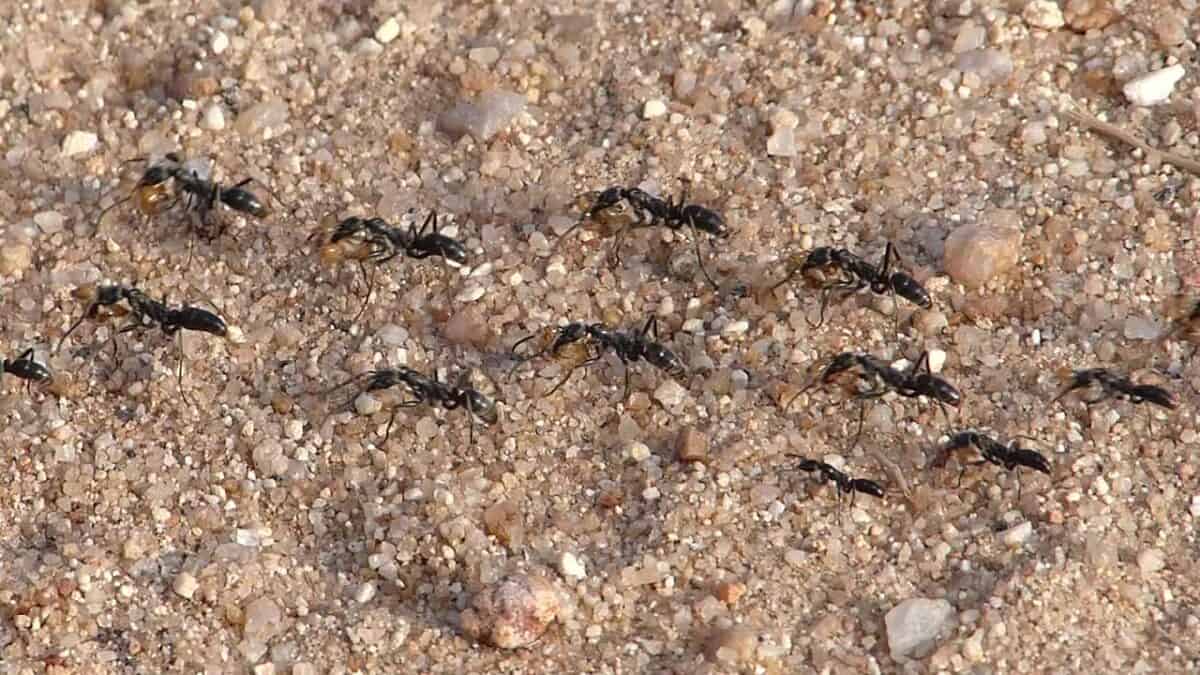The ant, a small but mighty creature, is often overlooked when it comes to discussions about cleanliness and hygiene in the animal kingdom. Yet, these industrious insects exhibit behaviours that promote the health and sanitation of their colonies. With over 12,000 species thriving across various ecosystems, ants have developed intricate social structures and adaptive behaviours that ensure the cleanliness and efficiency of their communities.
The Social Structure A Key to Cleanliness

The social structure of an ant colony is one of the primary factors contributing to its cleanliness. A typical colony consists of the queen, workers, and soldiers, each playing a vital role. The workers, in particular, are tasked with maintaining the nest’s hygiene. These ants are responsible for removing debris, tending to the queen and larvae, and managing waste. By delegating specific roles, ants ensure that each task is performed efficiently, thus maintaining the colony’s overall health.
Grooming A Priority in Ant Life

Grooming is an essential activity in ant life. Ants groom themselves frequently to remove dirt, pathogens, and other contaminants. This behaviour is not just about personal hygiene; it also prevents the spread of disease within the colony. Ants secrete antimicrobial substances that help to eliminate bacteria and fungi during grooming sessions, thereby protecting themselves and their nestmates.
Waste Management Systems

Ants have developed sophisticated waste management systems to keep their colonies clean. They create designated areas known as midden sites for waste disposal. These sites are strategically located away from the main nest to prevent contamination. Some species of ants have even been observed burying or covering up waste materials, further demonstrating their commitment to cleanliness.
Symbiotic Relationships Enhancing Cleanliness

Ants often engage in symbiotic relationships with other organisms to enhance their cleanliness and health. For instance, some species of ants farm aphids, which provide them with honeydew, a sweet substance. In return, ants protect aphids from predators and parasites. Additionally, ants cultivate fungal gardens for food, ensuring that these gardens remain disease-free to maintain a stable food supply.
Antimicrobial Substances Nature’s Chemical Cleaners

Ants produce various antimicrobial compounds that serve as chemical cleaners, protecting their colonies from pathogens. These substances are found in their secretions and are used in grooming and nest maintenance. Research has shown that some ants can produce formic acid, which is highly effective in killing bacteria and fungi. This natural disinfectant plays a crucial role in maintaining the cleanliness of the entire colony.
Lessons in Cleanliness from Ants

Humans can learn a lot from the cleanliness practices of ants. Their efficient waste management, relentless grooming, and use of natural antimicrobials offer insights into sustainable ways to maintain hygiene. By observing ants, scientists and researchers hope to discover new methods of disease prevention and environmental management applicable to human communities.
Conclusion

The ant’s commitment to cleanliness is not simply a matter of convenience but a survival strategy that has enabled them to thrive for millions of years. By understanding and appreciating the impressive cleanliness of ants, we gain insight into the complexities of social insects and the highly organized systems that sustain life within their colonies. Whether it’s through their grooming habits, waste management, or antimicrobial defences, ants exemplify nature’s remarkable ability to balance sustainability and health.

